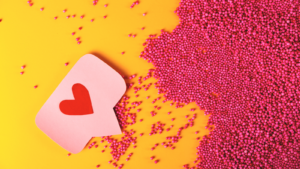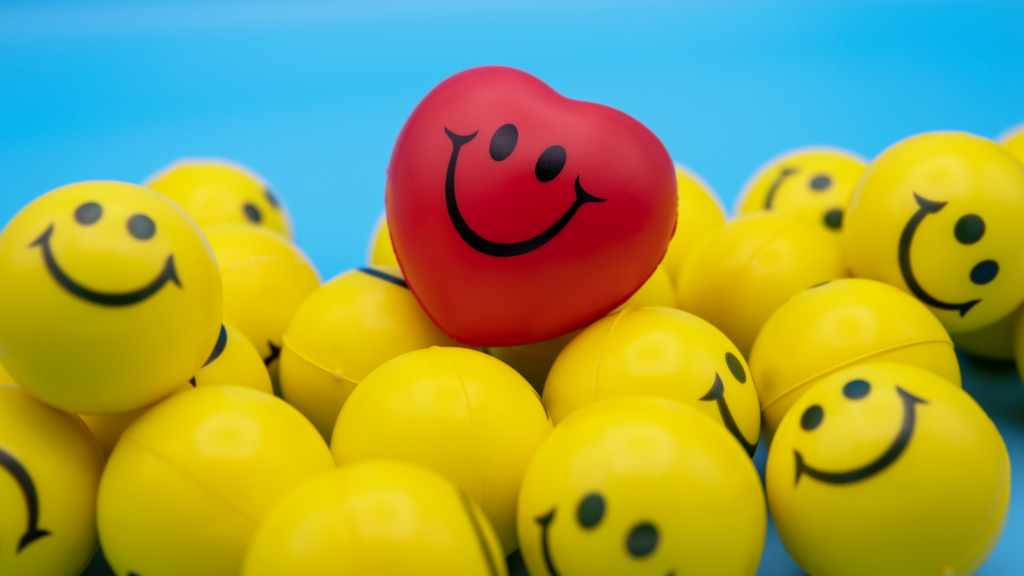In the digital age, the emoji heart has become a universal symbol of emotion, transcending language barriers and cultural differences, much like an athlete club fosters camaraderie among sports enthusiasts. Whether it’s a simple red heart or a more elaborate design, these tiny icons convey feelings that words sometimes can’t capture. They’re used in text messages, social media posts, and even marketing campaigns, adding a personal touch to digital communication.
The popularity of emoji hearts reflects the human desire to connect and express affection in an increasingly virtual world, highlighting the importance of emotional well-being and even sleep health. With a variety of colors and styles, each heart emoji can represent different emotions or meanings, from love and friendship to gratitude and compassion.
Emoji:8bukcdhdm2m= Heart
 Emoji hearts symbolize emotions in text-based communication. They enrich messages, offering emotional nuance that plain text lacks. A red heart often represents love and passion, while different colors—like blue or green—indicate other sentiments, such as trust or envy.
Emoji hearts symbolize emotions in text-based communication. They enrich messages, offering emotional nuance that plain text lacks. A red heart often represents love and passion, while different colors—like blue or green—indicate other sentiments, such as trust or envy.
Intricate designs, like broken hearts, express specific feelings like sadness. Various platforms display these emojis differently, with subtle variations in size or style. Their universal appeal lies in their ability to convey complex emotions quickly and simply. As digital language evolves, emoji hearts maintain an essential role in enhancing emotional expression.
Evolution Of Emoji Heart
Origin And History
The first heart emoji, a basic red heart, appeared in 1999 as part of a Japanese set created by Shigetaka Kurita for NTT DoCoMo. These emojis became popular for conveying emotions beyond words. As mobile technology advanced, the emoji heart evolved, gaining new colors and styles. Unicode adopted emojis in 2010, standardizing their designs across platforms.
Popularity Over Time
The emoji heart gained widespread popularity with smartphones’ rise in the early 2010s. As messaging apps like WhatsApp and platforms like Instagram became prevalent, people increasingly used heart emojis to convey emotions swiftly. By 2015, the red heart emoji ranked among the most-used symbols worldwide. Survey data from various platforms shows heart emojis consistently topping usage charts, particularly during special occasions like Valentine’s Day.
Different Types Of Emoji Heart
Color Variations And Cultural Interpretations
 Different colors of emoji hearts signify various emotions. Red hearts embody love and passion. Yellow hearts express friendship and joy.
Different colors of emoji hearts signify various emotions. Red hearts embody love and passion. Yellow hearts express friendship and joy.
Green hearts convey jealousy or hope. Purple hearts represent compassion or wealth. Emoji hearts hold varied meanings across cultures. In Western contexts, red hearts often symbolize romantic love.
In some Eastern cultures, a white heart can denote purity or mourning. Context and cultural background influence how emoji hearts are perceived, adding layers to digital communication.
Usage Of Emoji Heart In Communication
Expressing Emotions
Emoji hearts efficiently represent various emotions ranging from love to sympathy. Users often select different heart colors to express specific feelings, such as a red heart for love or a yellow heart for friendship.
In Digital Marketing
In digital marketing, emoji hearts significantly impact brand communication strategies. Companies use them to evoke positive emotions and build rapport with their audiences. For instance, a brand might use a heart emoji in promotional content to create a sense of connection or loyalty among consumers.
Impact Of Emoji Heart On Online Interactions
Emoji hearts significantly enhance digital communication, providing emotional subtlety that text alone lacks.  In social media, users frequently use them to respond swiftly and express feelings without lengthy text. This quick emotional sharing fosters deeper connections. In marketing, brands use emoji hearts to humanize messages, increasing relatability and engagement.
In social media, users frequently use them to respond swiftly and express feelings without lengthy text. This quick emotional sharing fosters deeper connections. In marketing, brands use emoji hearts to humanize messages, increasing relatability and engagement.
Critics argue that emoji hearts can oversimplify emotions, reducing complex feelings to simple icons. Some linguists claim that an overreliance on emojis may erode language skills, especially among younger generations more accustomed to digital communication.
Cultural misinterpretations also arise when a single color or style conveys varying meanings across different cultures.
Navigate Digital Landscapes
The emoji heart has become a vital tool in digital communication by bridging emotional gaps and transcending linguistic barriers. Its evolution from a simple red heart to a diverse array of colors and styles reflects its adaptability and enduring relevance. As users navigate digital landscapes, emoji hearts enrich interactions with nuanced emotional expression. Despite criticisms regarding oversimplification and cultural misinterpretation, the emoji heart remains a beloved symbol, enhancing personal connections and marketing strategies alike. As digital communication continues to evolve, the emoji heart will undoubtedly play a key role in shaping how people express themselves online.
